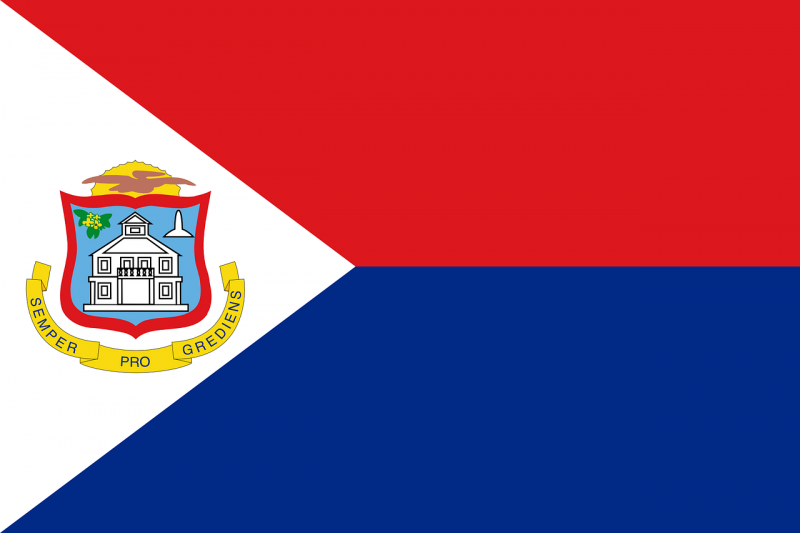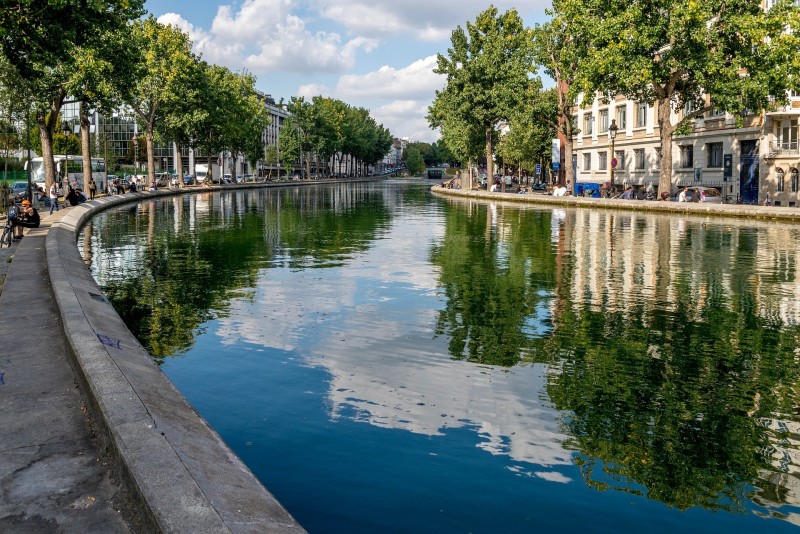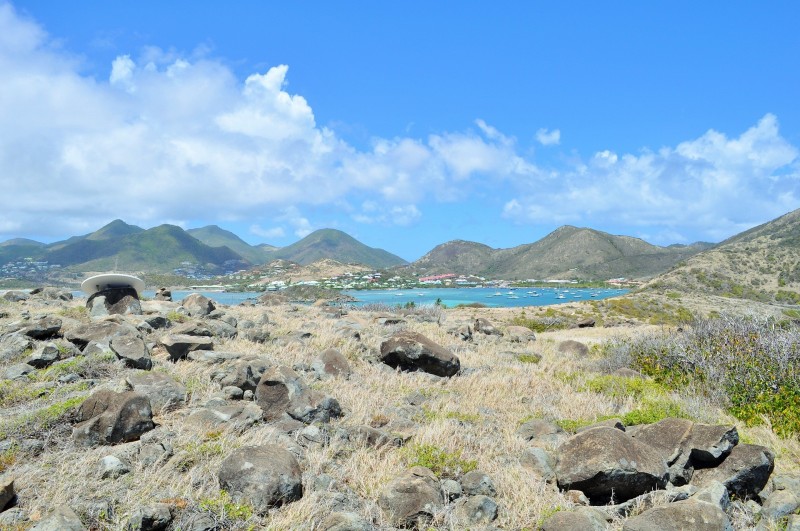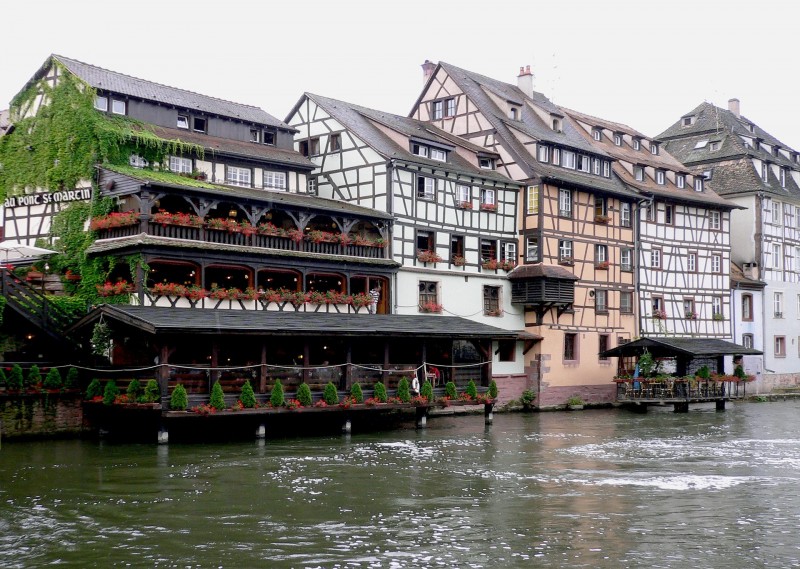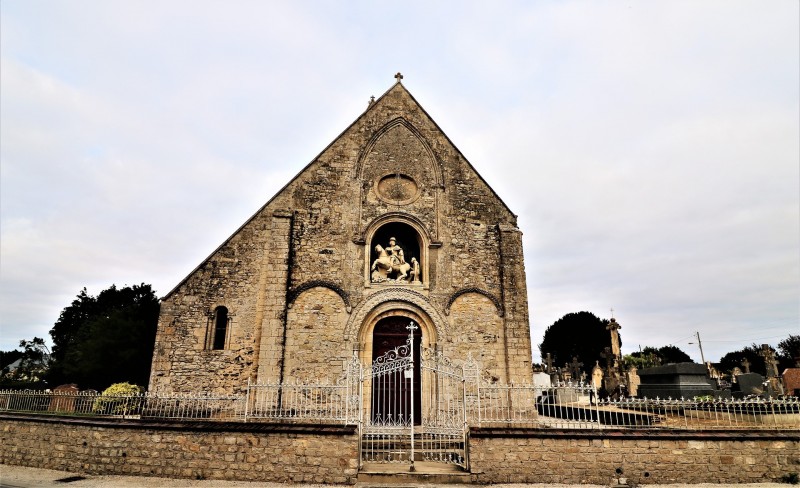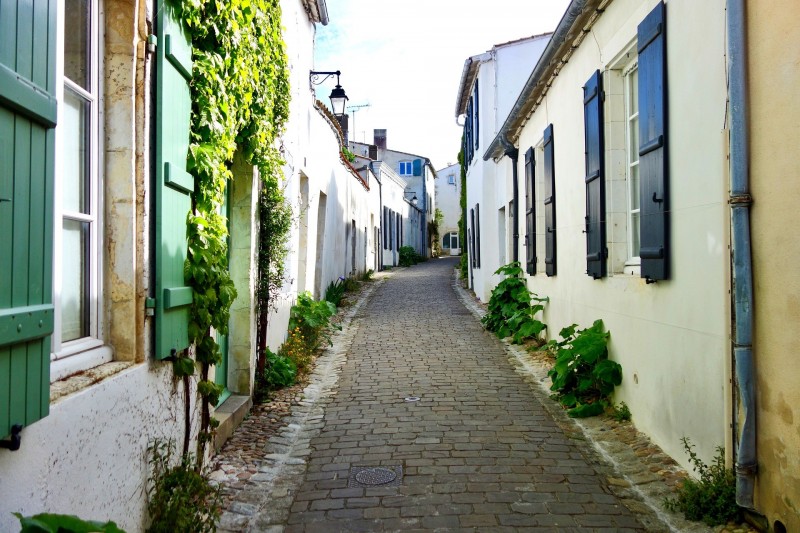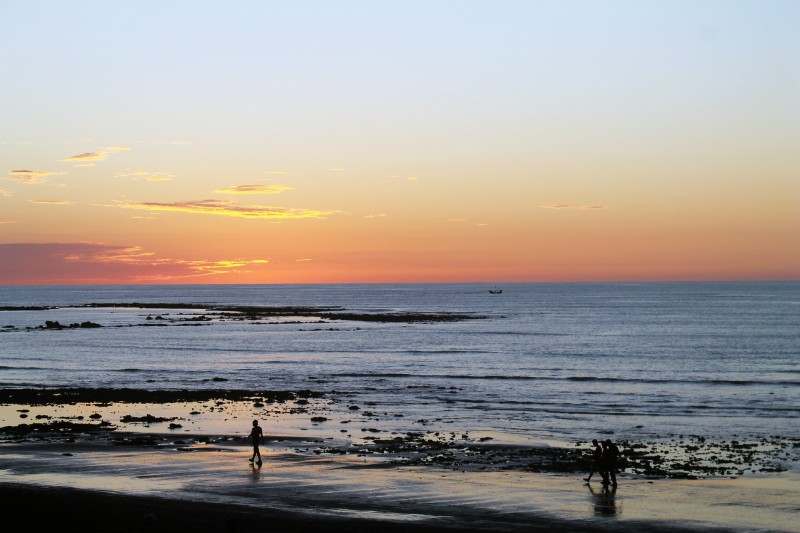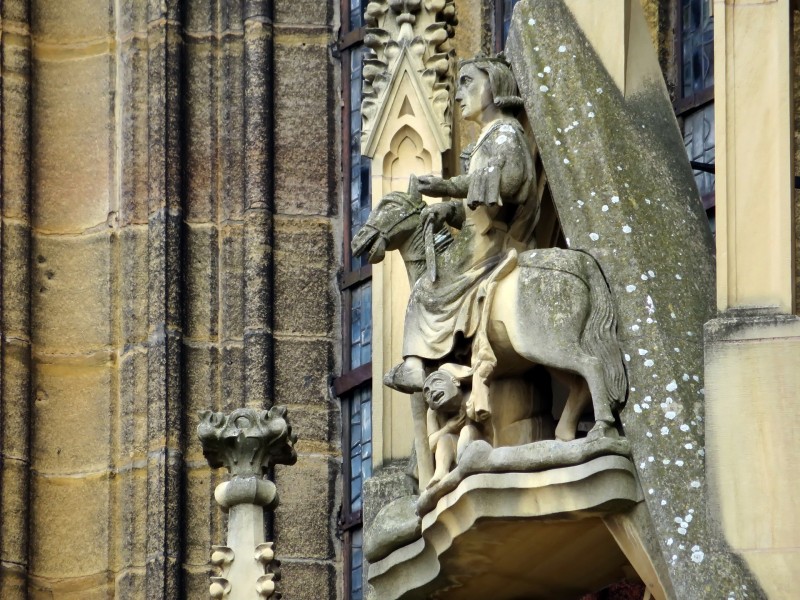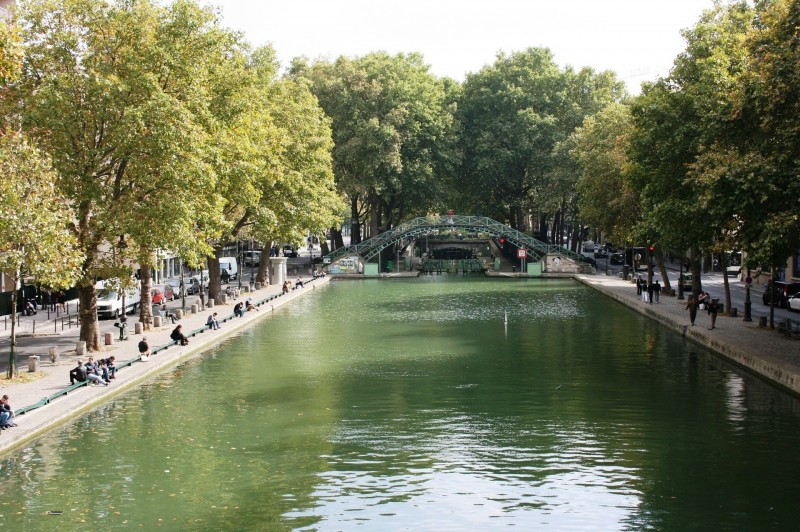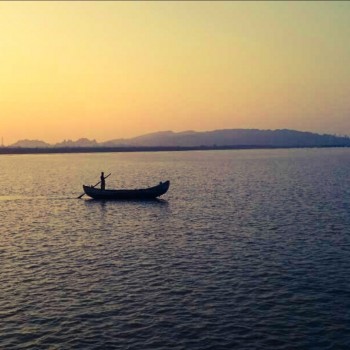Saint Martin
Saint Martin
Capital city description
Marigot is the main town and capital of the French Collectivity of Saint Martin. Originally a fishing village on a swamp for which it was named, Marigot was made capital during the reign of King Louis XVI of France, who built Fort St. Louis on a hill near Marigot Bay. Today, that building is the most important in Marigot.
Marigot is typical of Caribbean towns, with gingerbread houses and sidewalk restaurants. Market days are every Wednesday and Saturday morning. The crew of the 1997 motion picture Speed 2 shot the final scene here where the Seabourn Legend hits the island. The St. Martin of Tours' Church on rue du Fort Louis was established in 1941. Marigot locates on the west coast of the island of St. Martin. It extends from the beach to the west, along the Bay of Marigot and the hills of the island's interior to the east. On the southwest, it bounds by Simpson Bay.
Climate
The climate of Saint Martin is tropical, hot, and sunny all year round: the average daily temperature ranges from 25 °C (77 °F) in the most fabulous period, from January to March, to 28 °C (82 °F) in the hottest and most humid period, from June to October.
Languages spoken
The most common language is English but French is the official language for Saint-Martin.
Fun/Fascinating Facts
- St Martin is split in two. ‘St Martin’ only refers to the northern two-thirds of the island, which falls under French rule. The southern third, which is Dutch, is called ‘Sint Maarten.’
- Sint Maarten actually makes up part of the Kingdom of the Netherlands.
- St Martin is, on the whole, absolutely tiny. It’s only 12 miles long from the northern tip to the southern coast and a similar distance running from east to west!
- The island has a total area of 34 square miles. To put that in perspective, the city of London covers around 610 square miles – it’s almost 18 times the size!
- St Martin holds a record that’s going to be tough to beat. It’s the smallest island to be shared between two separate nations. As mentioned, it’s a share between the French and Dutch. However, the divide is not fiercely contested. It’s more of a formality. Therefore, you will be able to venture from north to south and back again without any curtailment of movement. It’s good to know!
Unique Customs/Traditions
- Another special treat awaits the children at home: the Weckmann! It is a sweet bread roll shaped like a man, similar to a gingerbread man. Typically the Weckmann has raisin eyes and a white clay pipe in his mouth and is sold at any bakery or, even better, made at home by mom. Children enjoy the shape of the treatment and the taste and may enjoy decorating their Weckman.
- Legend has it that, while in hiding, St. Martin was betrayed by geese squawking. He had hidden in a stall to avoid being appointed Bishop of Tours, and in revenge, St. Martin ate a goose for the betrayal. However, another excellent reason is that the first goose of the season is eaten on St. Martin’s Day. Geese are ready for harvesting at this time of the year. Moreover, they traditionally used their eggs and fat in baking. Additionally, the feathers were used for pillows and featherbeds to create a Christmas tree!
- Martin of Tours was born in the 4th Century Current Era and started as a Roman soldier. Later in his life, he found Christianity and became a monk. Because of his exemplary way of life, he was appointed Bishop of Tours (against his will). Many legends surround his life, which is possibly why children love his saint day so much. The most famous tale tells how he cut his cloak in half to share it with a beggar who was dying of the cold.
- November 11 is also the official start of Karneval, Fasching, and Fastnacht. These holidays all begin eleven minutes past eleven o’clock on the eleventh day of the eleventh month! At this time, carnival clubs and neighborhood groups start their preparations for the carnival season. This fun season culminates with huge Fasching (Mardi Gras) parades in February.
Popular universities
| Name | Description | |
|---|---|---|
| The University of St. Martin | The University of St. Martin (USM) is a university in Philipsburg, Sint Maarten, founded in 1989. It closed on October 31, 2017. As of 2018, it has reopened. Its specialization was the hospitality program, through which it offers the UK accredited Higher National Diploma. The USM had about 350 part and full-time students and more than 500 alumni. Its president was Dr. Francio Guadeloupe. USM was established in 1989 by Dr. Albert Claudius Wathey and Ambassador Dr. Hushang Ansary as an annex of Johnson & Wales University. Hurricane Lenny destroyed its facilities in 1999 but rebuilt the university. Its peach and white buildings overlook the Great Salt Pond in picturesque Philipsburg. USM also offered a Secondary Teaching Certificate program, English as a Second Language (ESL) program, General Equivalency Diploma (GED) Tutorial Program, | |
Festivals & Events
.jpg)
Regatta
Date: March
The regatta is a three-day boat race held in March every year. The first day sees a race around the island, and then there are special courses designed on the second and third days. At the end of each racing event, the day is closed with a celebration party.
The event attracts sailors from around the globe to compete. The Caribbean Yachting Association sponsored racing, with the cruising boats rated under the St. Martin handicapping system.
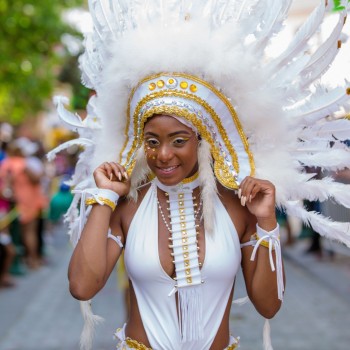
Carnival
Date: May
Saint Martin's Carnival is a three-week festival commencing in the middle of April and finishing on the first weekend of May. It is celebrated on both sides of St Maarten.
The carnivals are an opportunity to see the locals of St. Martin take over the streets and public places, to the sound of Caribbean music, dressed in dazzling costumes,
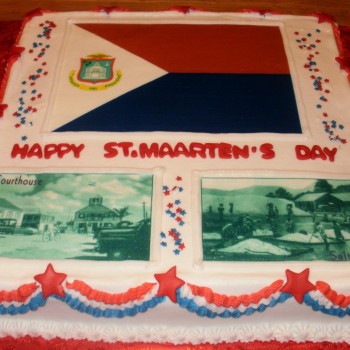
Saint Martin's Day
Date: 11th November
Saint Martin's Day, also called the Feast of Saint Martin, Martinstag or Martinmas, as well as Old Halloween and Old Hallowmas Eve is the feast day of Saint Martin of Tours and is celebrated on 11 November each year.
The feast was widely seen as the preferred time for butchering "Martinmas beef" from prime, fattened cattle, geese, and other livestock, and ending the toil of autumn wheat seeding.
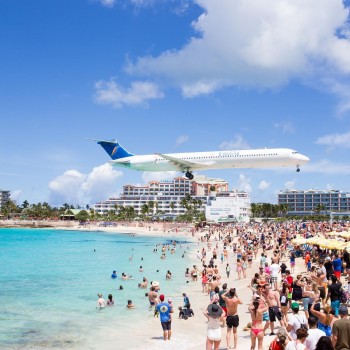
Alliance Race
Date: Date varies
The Alliance Race is a three-day sailing race in St. Maarten held on varying dates on St. Maarten’s sailing calendar. The Alliance race is held at the Sint Maarten Yacht Club in Simpson Bay on the Dutch side of St. Maarten. The boats commence the race from Simpson Bay in St Maarten, setting sail for St Barts and then to Anguilla before returning to Margot Bay in French St Martin to cross the finish line.
The festivities at the end of the Alliance Race include tasty meals and wines at some of the local restaurants in St. Martin and music, dance, and tropical drinks at some of the fun and exciting beach bars and clubs on the island.

The Flavors of St Maarten Food & Wine Festival
Date: November
The Flavors of St. Maarten Food & Wine Festival is a culinary celebration often held in November for at least seven days in Sint Maarten’s Dutch capital called Philipsburg.
The Flavors of St. Maarten Food & Wine Festival has a program with various culinary activities such as food and drink tastings of champagne, wine, cheese, amuse-bouche (French appetizers), and cocktails. There are also gourmet dinners showcasing some international cuisines during the Flavors of St. Maarten Food & Wine Festival.
Attractions / Top Sights
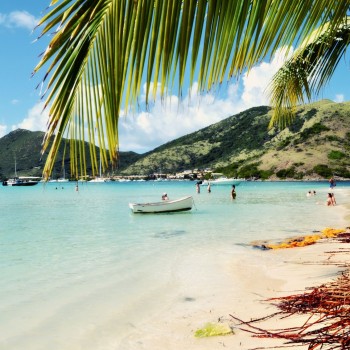
Pinel Island
When to visit: Between May and June
Pinel Island is a famous tourist destination, a perfect little paradise for kayak lovers- you can paddle along the coast of St. Martin or go between the sailing boats that belong to locals, from old-fashioned catamarans to brand-new ones, from houseboat wrecks to dinghies.
The island is included in the Marine Park, which means that jet skis and fishing are prohibited.
.jpg)
Orient Bay
When to visit: May and June
Orient Bay beach in St. Martin is on the Atlantic Ocean side of the island, and the white sand, swept by the trade winds, stretches for almost 2 kilometers. On the island's northwest side, Orient Bay beach is one of the biggest and most famous.
It has been given "Saint-Tropez of the Caribbean," and sports fanatics often come here for surfing and other water sports.
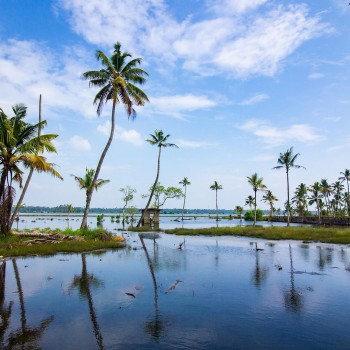
Fort Amsterdam
When to visit: May and June
Fort Amsterdam is situated on a south-facing pinnacle between Philipsburg town and Little Bay. This archaeological site is one of the most beautiful places to visit in St Martin during sunset or sunrise. The vistas are breathtaking, and the resident-breeding pelicans make it even more magical.
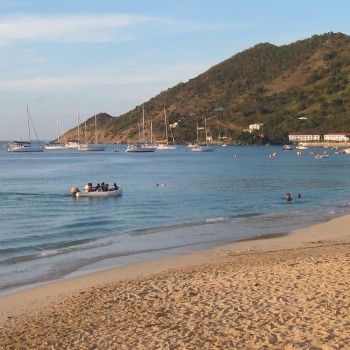
Grand Case
When to visit: May and June
Grand Case is a former fishing village and has a unique charm. Nestled in a northern crook on the French side of Saint Martin, Grand Case is beloved by tourists and locals for its gourmet cuisine.
Grand Case very little over the years, maintaining its character and relaxed vibe with world-renowned restaurants and boutique hotels around every corner. Boating, snorkeling, and diving, there are endless ways to explore the aquamarine waters of Grand Case.
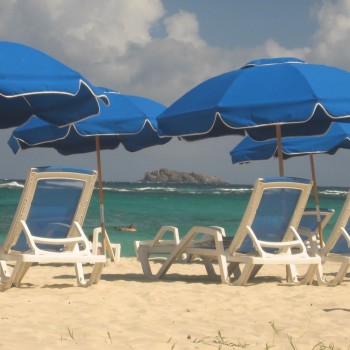
Oyster Bay
When to visit: December to April
Oyster Bay is one of the famous attractions in Saint Martin. It is located right on the border between the French and Dutch sides and offers a shelter from the wild Atlantic Ocean for charters and sailboats.
Oyster Bay Beach Resort is the perfect blend of paradise living – breathtaking ocean views, sandy beaches, comfortable rooms, private yachts, on-site dining, and the Caribbean nightlife.
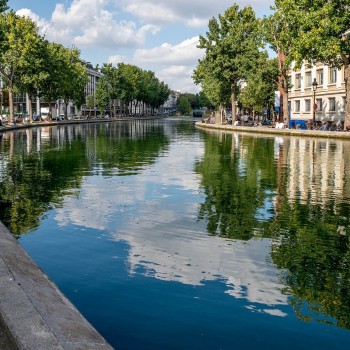
Fort Louis
When to visit: December to April
Fort Louis sits atop a hill located in Marigot Bay, French Saint Martin, and is one of the oldest structures on the island of Saint Martin. The structure dates back to 1789 and was built in the city of Marigot because, at the time, the city contained several warehouses that stored goods such as sugarcane, rum, coffee, and salt. The settlers built Fort Louis to protect their interests from invaders and enemy attacks.
Fort Louis overlooks Marigot Bay and has gorgeous panoramic views; from Fort Louis, you can see towns such as Marigot, Baie Nettle, Simpson bay, and as far as the island of Anguilla. There is a short but steep climb upstairs to this fort, where you can see replicas of cannons that were often used in battle during battles between the French and the English during the 18th century.















